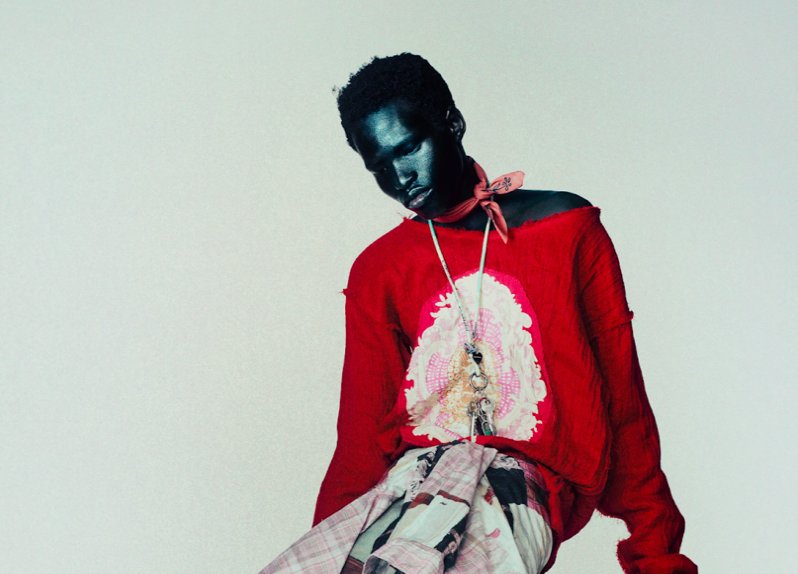Article by Ethan Hall.
Acne Studiosoriginated in 1996 in Stockholm, initially as an acronym for “Associated Computer Nerd Enterprises” which later changed to “Ambition to Create Novel Expressions”.
The Studio was to work in creative consultation as well as also selling their own products, the studio was founded under a creative umbrella such as interior design / art / magazine / fashion / books / technology. Jonny Johansson is the creative director and the designer for Acne Studios. A man inspired and proud of his heritage in Swedish Modernism, with interior design being “one of [his] biggest interests."
Ambition to Create Novel Expressions
Swedish modernism is based on minimalism and clean cut lines and shapes. Johansson had previously mentioned that the inspiration for ACNE came from the Warhol Factory, the infamous creative hotspot in Andy Warhol’s studio in New York. The original goal of the studio was to have a multi storey house with different apartments each focussing on a different sector of the brand’s ventures - Acne Film, Acne Digital, Acne Advertising, Acne Art Department, Acne Paper, Acne.
The first pieces of clothing the brand developed was a line of 100 pairs of jeans. The jeans were a huge success and despite not knowing the ins and outs of design, Johansson pushed forward with his designs. Popularity really started to pick up for Acne’s designs when Wallpaper magazine made an article on the new and upcoming brand.
Acne’s first novel denim
After a while, the brand was edging near bankruptcy and were told that focussing purely on jeans and t-shirts were be the best financial move for the business, however Jonny didn’t want to let the brand become just another t-shirt and jeans brand and rather Jonny decided to fuse high end fashion with denim.
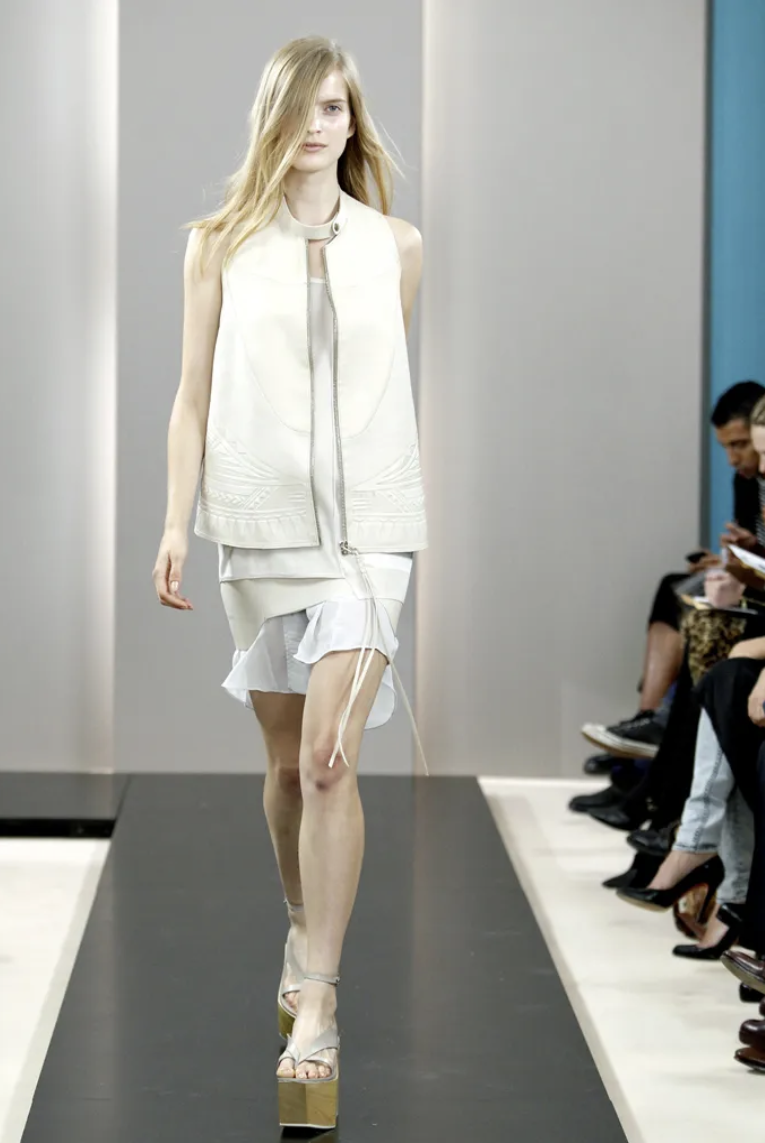
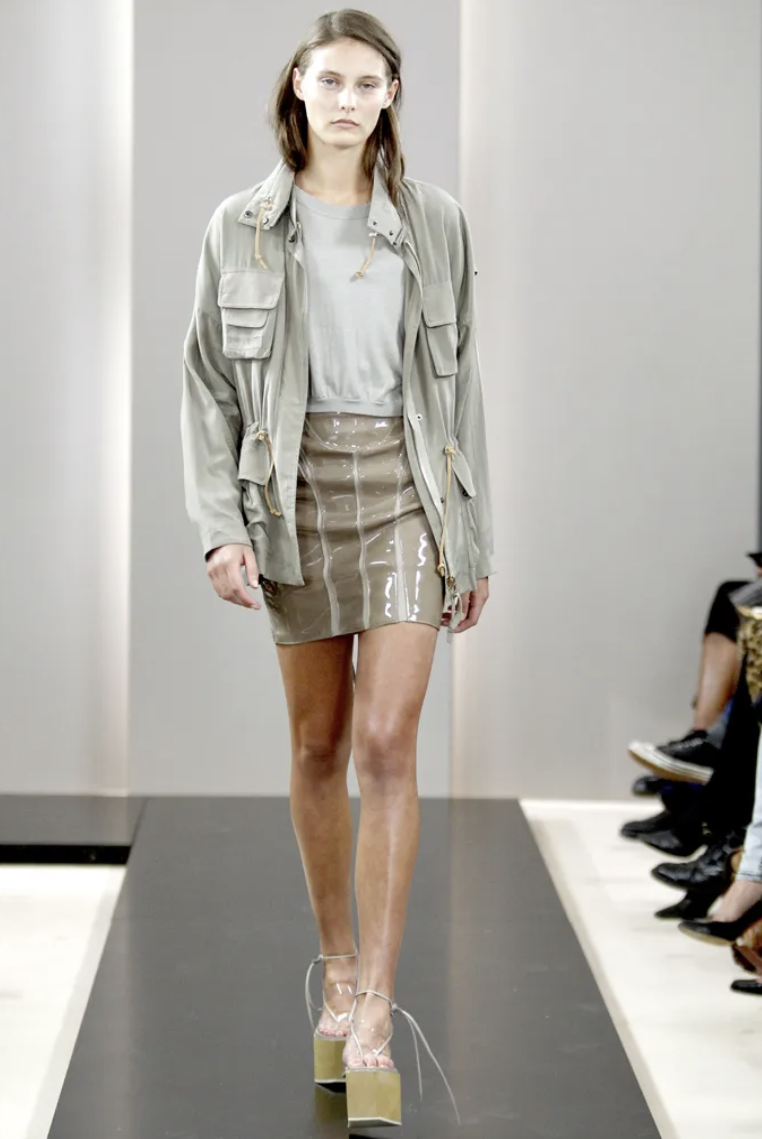

Acne’s first runway show wasSeptember-Spring Summer 11. It was a minimalist collection with each look coming in a set colour. The modernist in Johansson showed through with plenty of H line silhouettes, a silhouette conceived in the modernist era by Dior, as well as V line and spindle silhouettes.
In Fall Winter 11, Johansson stepped more experimentally. Introducing denim to the collection and using more fabric and details. The silhouettes became more varied, such as the opening look with a flare and tube overall jumpsuit. However Johansson’s staunch modernism still remained very open in this collection.
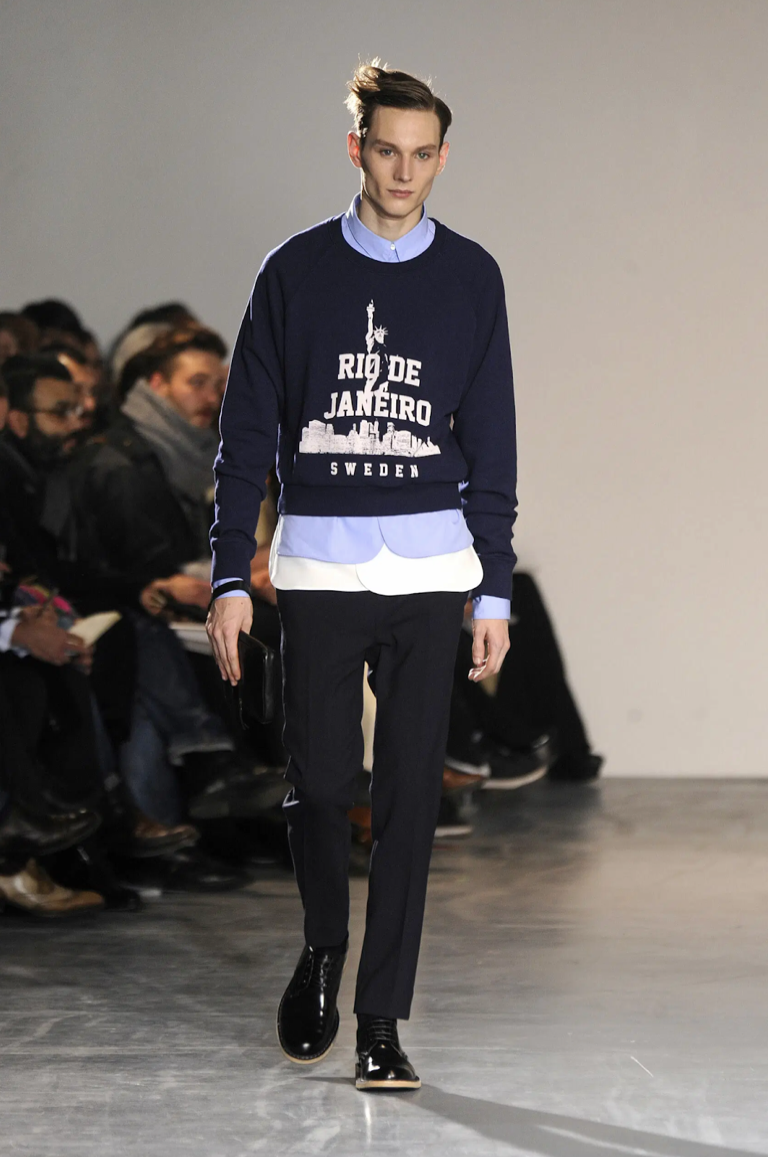
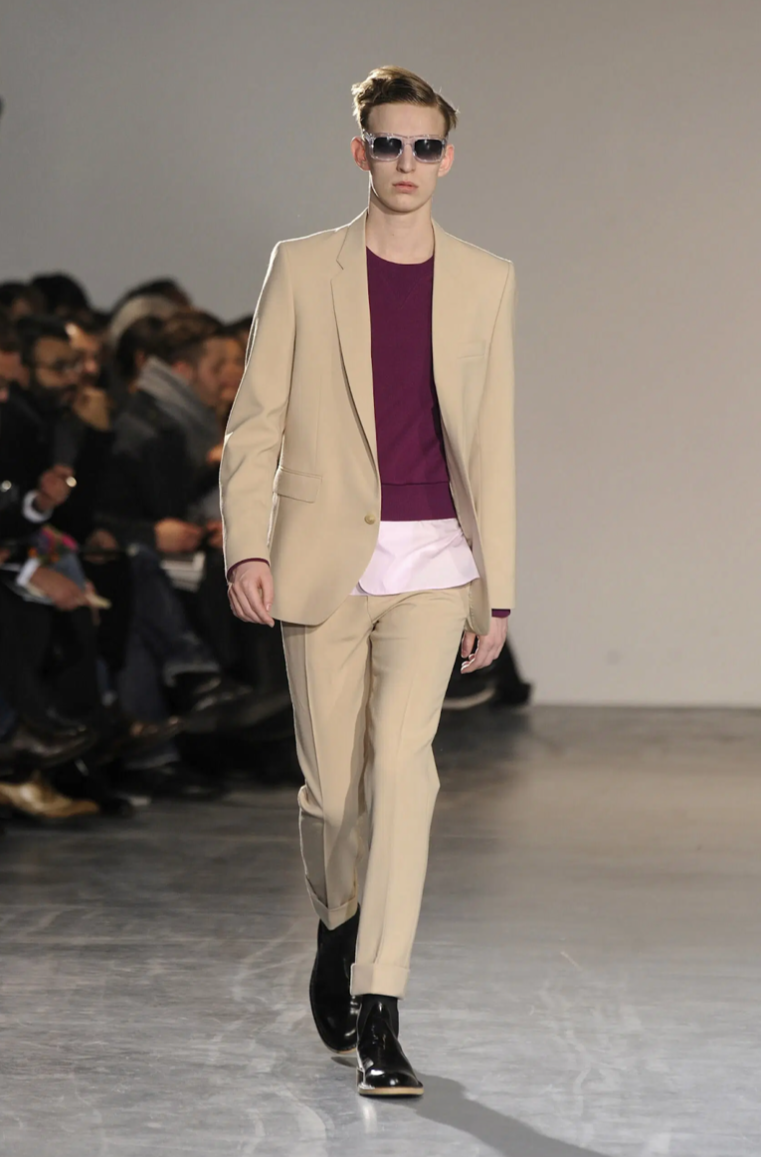
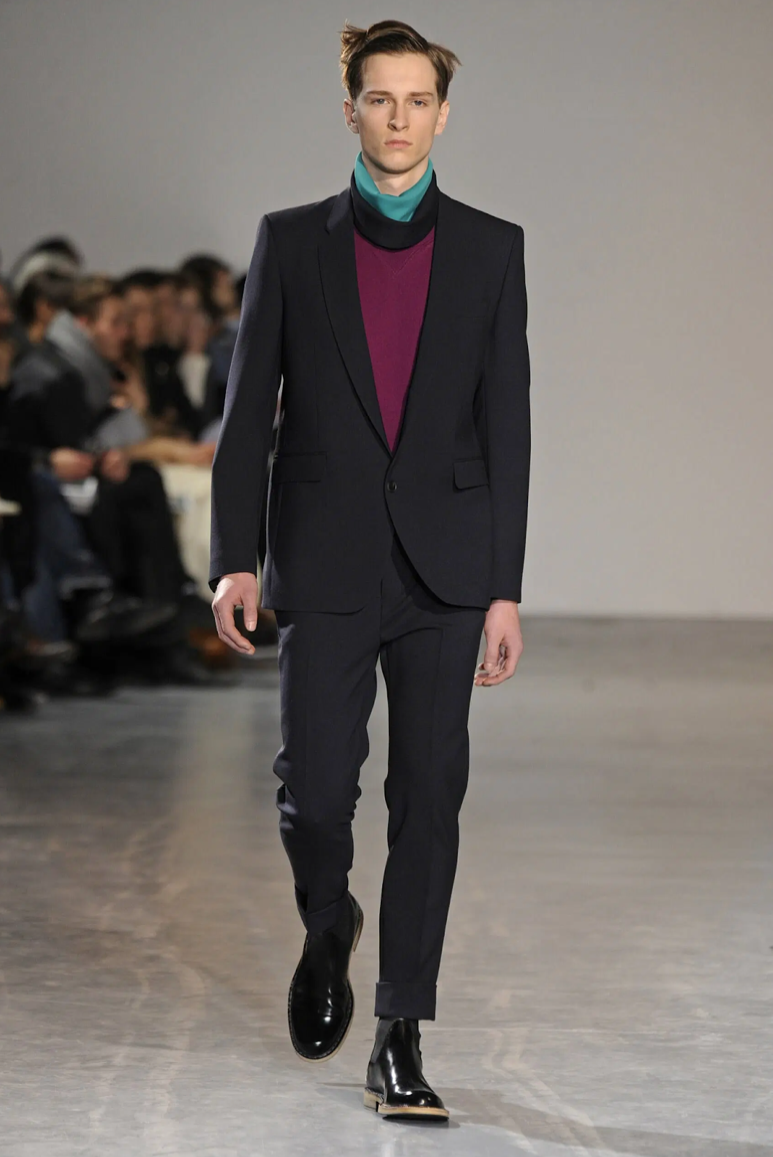
The menswear runway debut for Acne wasFall-Winter 11. It was mostly plain, fitted business wear. Each silhouette had a lean and clean fit that lacked a certain complexity his previous womenswear collection held. The fabric in the collection lacked variety and provocation.
Johansson began exploring new fabrics, shapes and silhouettes inFall Winter 12. The Acne silhouette’s became less boxy and explored the female shape.
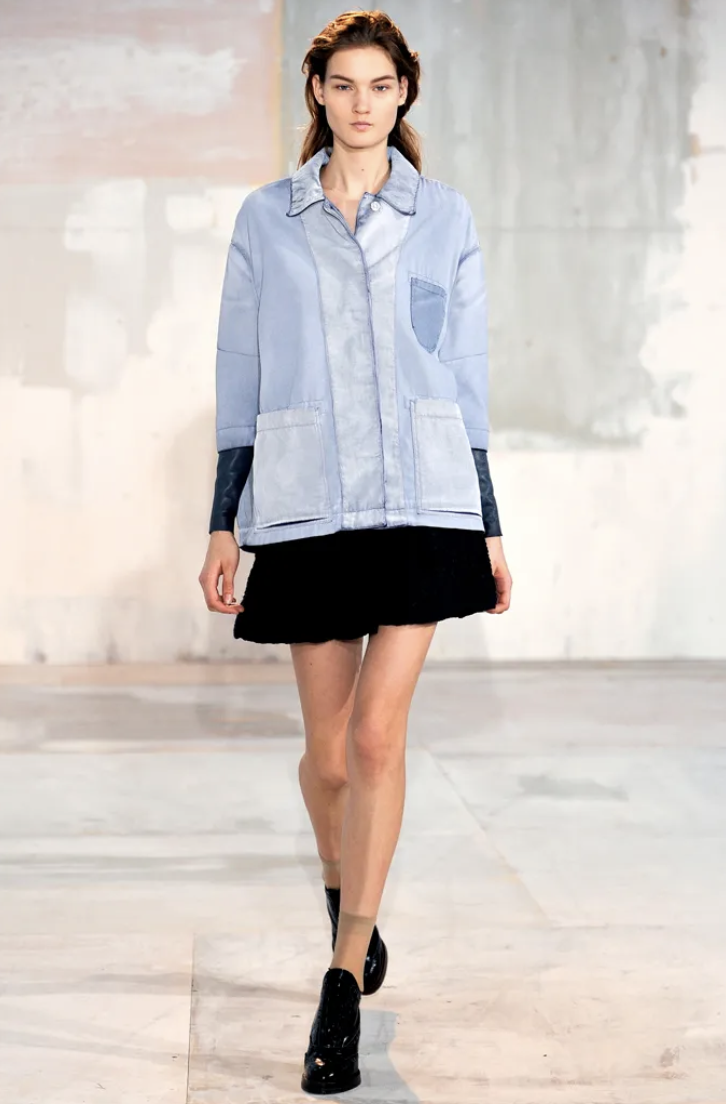
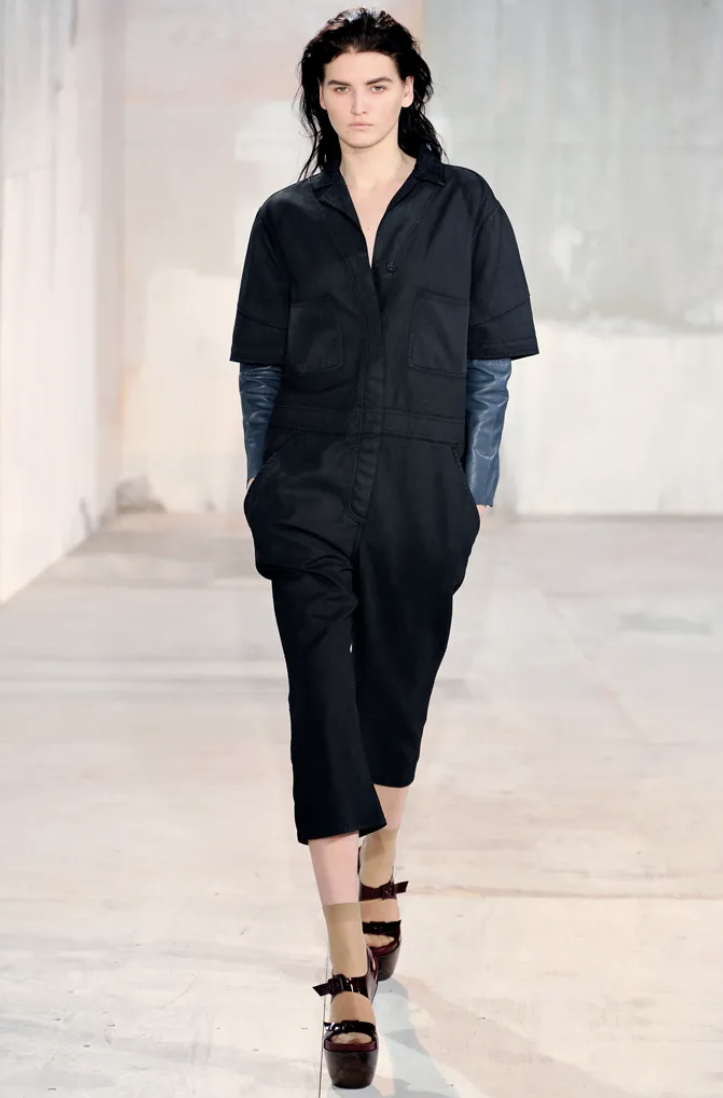
Modernist Era Acne
After the arrival of Covid, the modernist era of Acne clothing began to end. Johansson’s collections became much more diverse compared to his previous clear cut modernism pre-Covid. Along with many other brands, maximalism was seen into the spotlight during this period for revitalisation of people’s lives. This is especially seen by the exploration of new textures and patterns in fabrics. The Menswear Collections also strayed away from the limits of businesswear, the collection are now more casual and free in exploring masculinity.

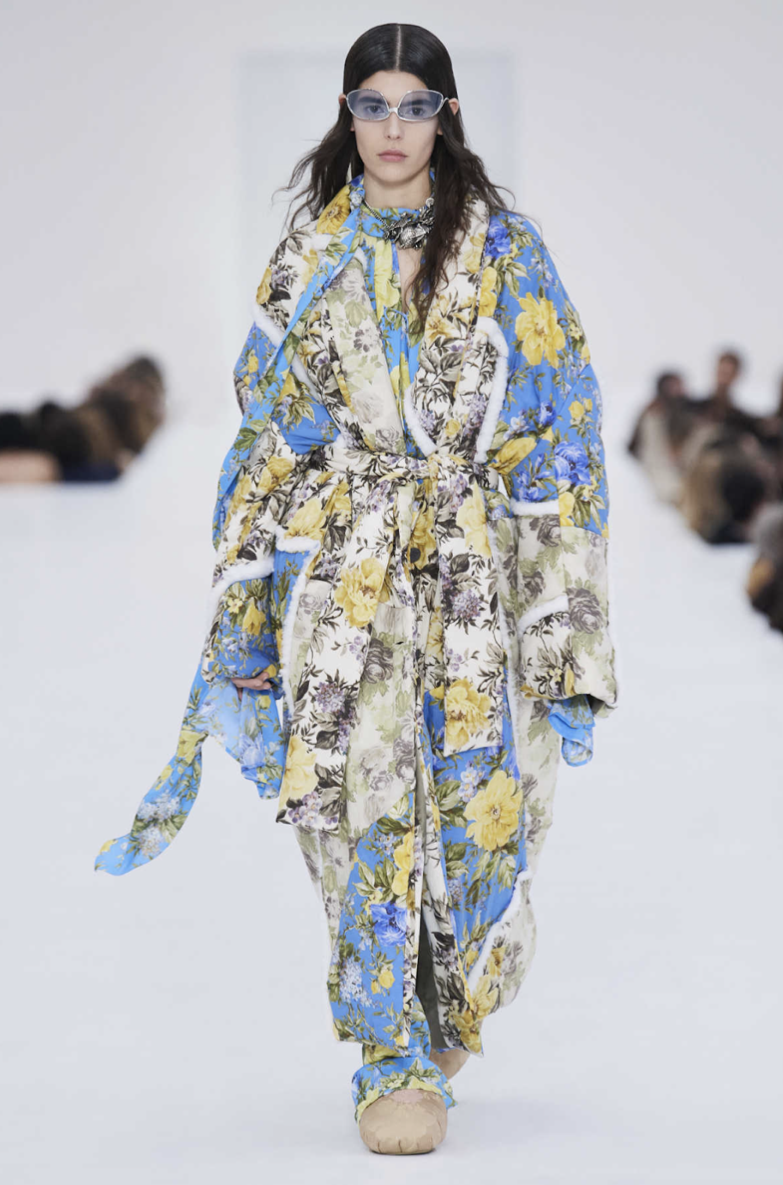


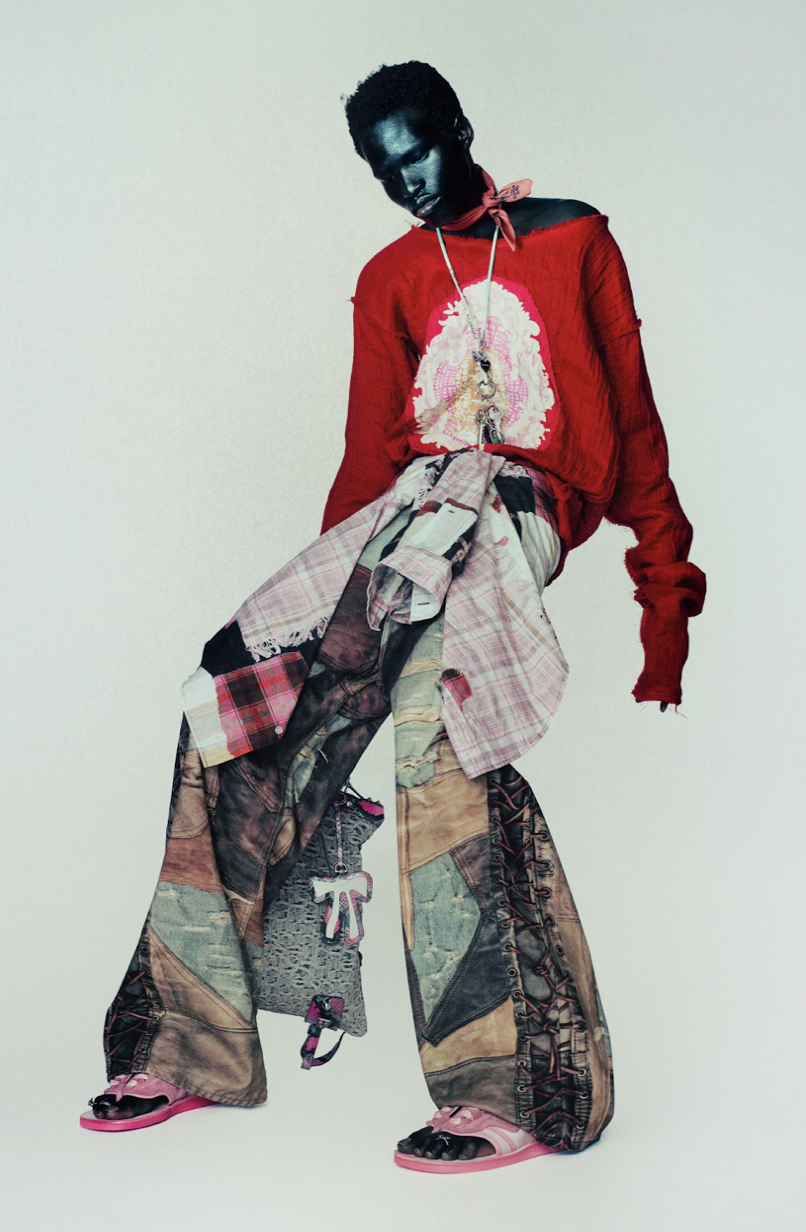
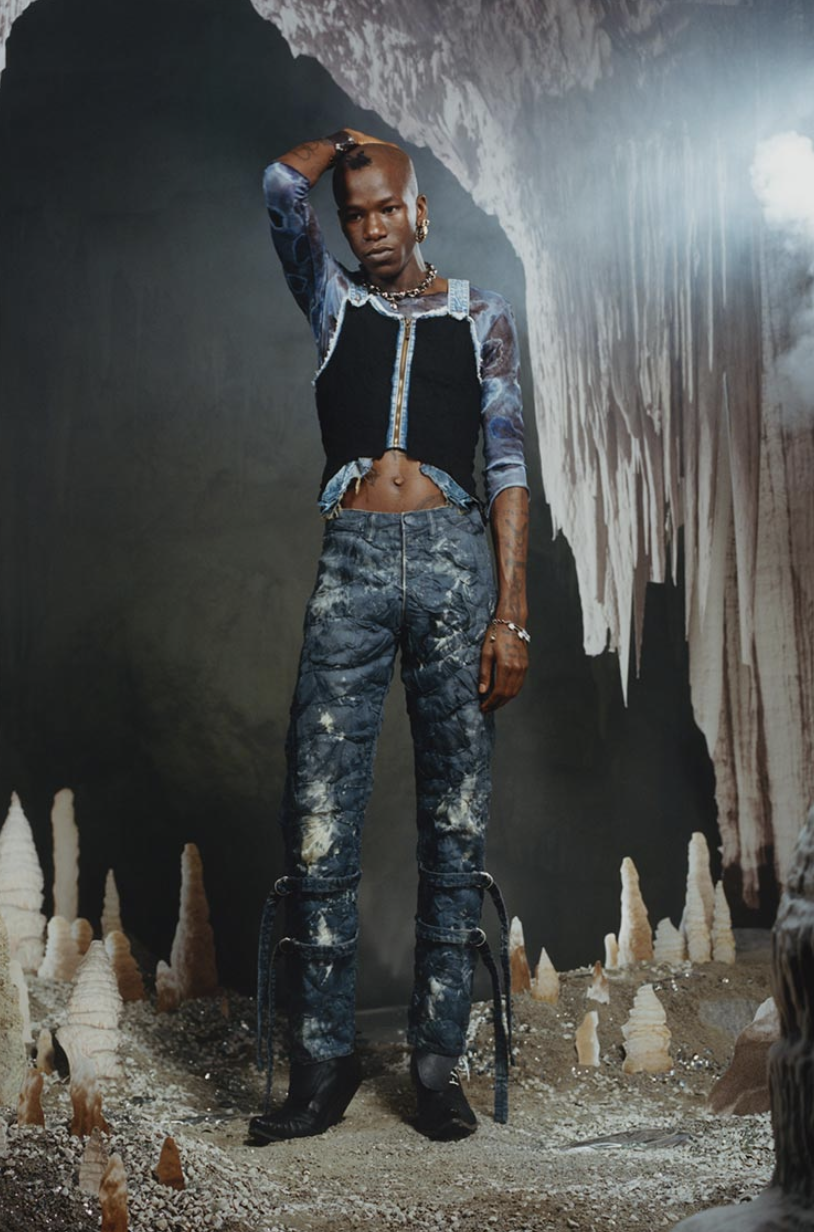
As Acne Studios continues to evolve, all eyes are on Johansson to see how he will merge the brand's modernist roots with the ever-changing landscape of contemporary fashion. With a history of innovation and resilience, there's no doubt that Acne will continue to surprise and inspire in the seasons to come.
